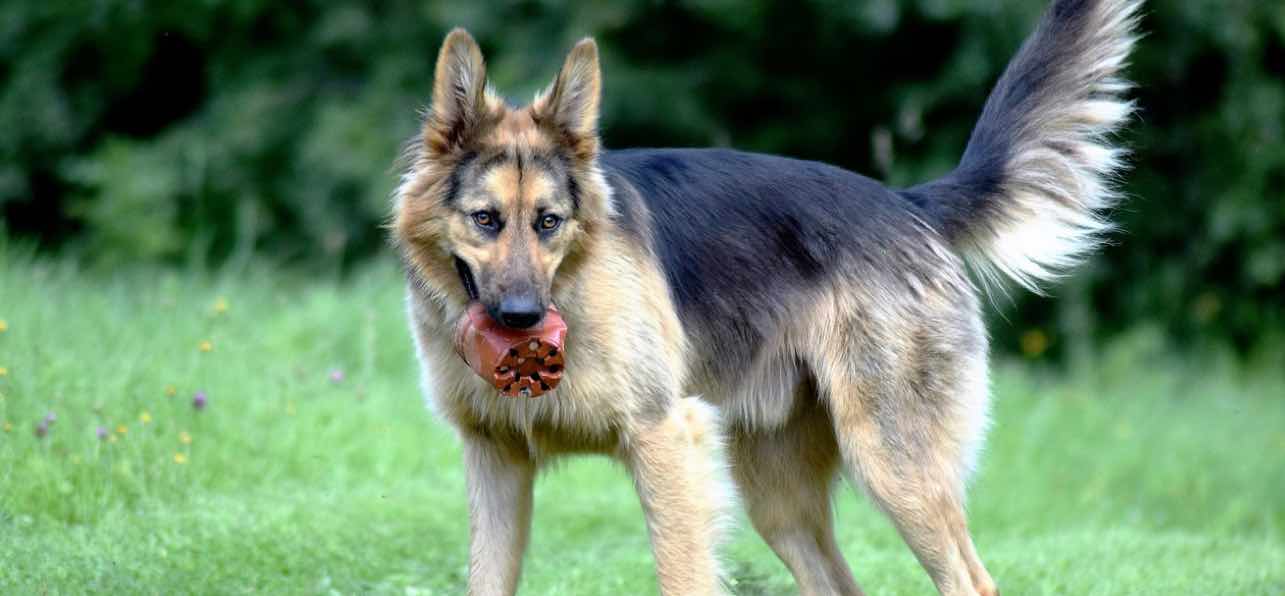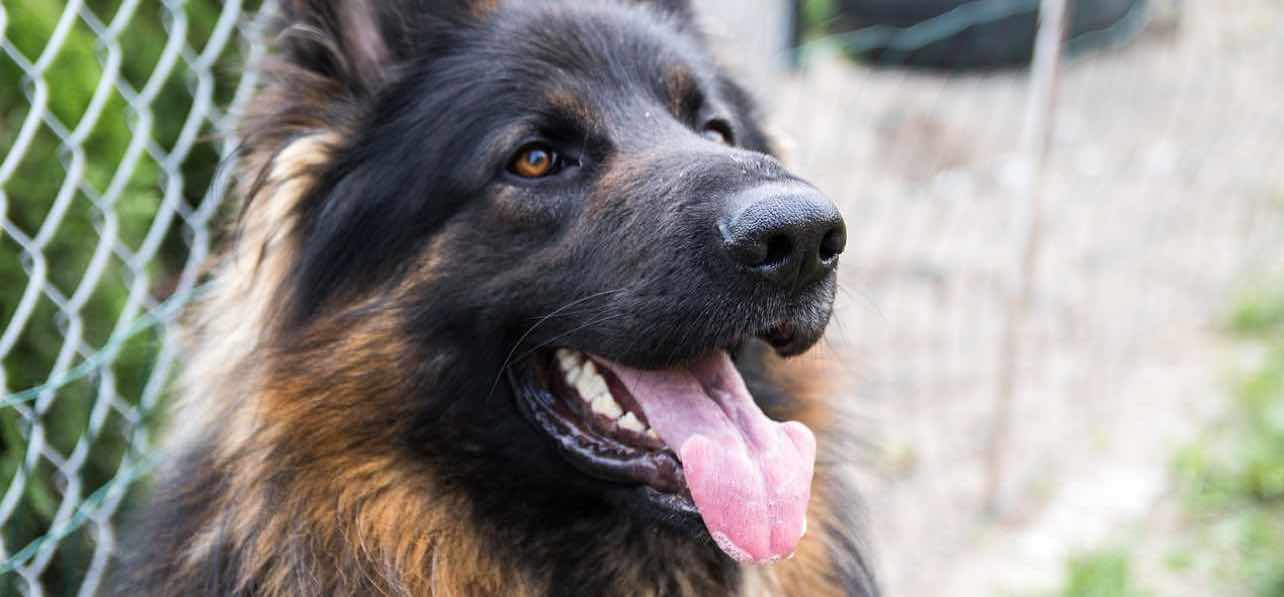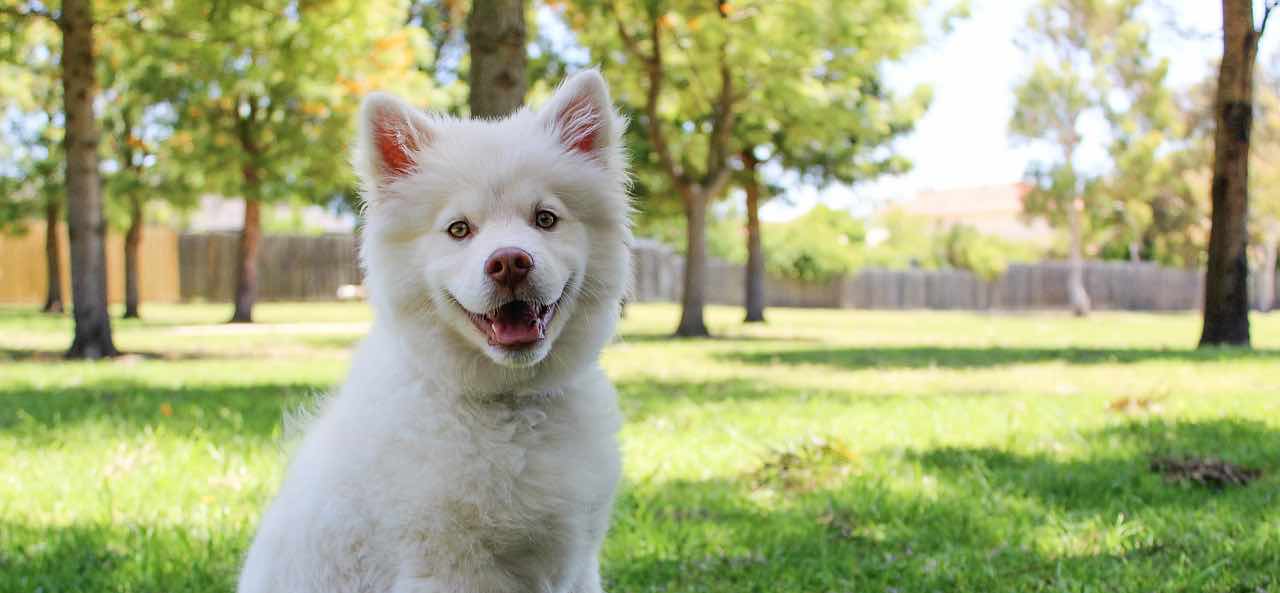Often, we think a dog’s wagging tail as a sign of them being happy. But recent studies suggest that this isn’t necessarily always the case. The dog’s tail is used as a form of communication and can be used in a way to express their emotions to owners and other animals. Vets for many years have been suspicious over the waggy tail and the misunderstanding as to whether this means the dog is excited, happy, or they’re trying to communicate another emotion! Often, a dog wags their tail at the vets but yet they’re still nervous?
So why do dogs wag their tails?
Dogs wag their tails as this is the way they express their emotions, whether it be happiness, anxiety, excitement or nervousness. If a dog is relaxed, then their tail will sit in the rest position and this position largely depends on the dog breed.
There are some dog breeds that have stiff looking tail, or curly and short. There are dog breeds that have tails that are long and floppy and drag behind the dog. When the emotions of the dog are evoked and you interact with them, this is when the tail wags and the dog communicates.
There have been studies that suggest that the position and pace that the dog wags their tail will often dictate the emotion they are trying to convey.
If a dog is frightened or acting submissive, then their tail is often down and will wag a little between their legs. This is often the stance and emotion a dog will portray when they’re being told off by their owner. A dog that is alert and excited will hold their tail high and wag it uncontrollably. This is the image we see when dogs are out playing in the park and interacting with their loved ones. The dog will portray a playful stance and their bottom will be slightly elevated from the ground. When they wag their tail during this time, they are letting you know that they’re happy and want to play. This type of behaviour is often seen when the owner comes home after a long period of time and the dog is happy to see them.
If the dog is curious and interested as to what is going on in their environment, then they will hold their tail straight out and walk in a conspicuous and slow motion towards the curiosity. An aggressive dog will often have a stiff and extremely vertical tail.
There have been recent studies that suggest the direction of the tail, wagging can convey various, complex emotions to other dogs. Dogs can convey positive emotions to other dogs by wagging their tail slightly to the right. If the dog was to wag their tail slightly to the left, then this is seen as a negative emotion.
It’s also worth noting that the dog’s tail is not only just used for communicating. Their tail is also used to help with balance and their stability. Observing a dog run at high speed; in slow motion, will reveal how much they need and use their tail for stability. It can also help aid your dog if their swimming.
Lastly, it is important that all dog owners understand that a wagging tail doesn’t necessarily mean the dog is happy. A wagging tail is a sign that the dog is trying to communicate and interact with their environment. With this, you must always communicate with a dog owner before you pet their dog, as you might not get the reaction you were expecting. Often, children are victims of this misunderstanding and should therefore be trained not to pet a dog without understanding whether it’s safe and they have the owner’s permission.




